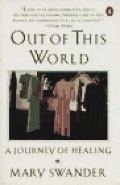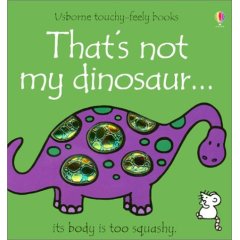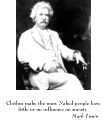After the terrible school shootings last week at the Amish school house in Paradise, Pennsylvania, I was particularly struck by the contrast between the peaceful, traditional life of the Amish and the violent senseless attack. Rather than use this forum to debate the merits of gun control, I thought it would be more appropriate to recommend some books on Amish life and culture for anyone who is interested in learning more about this unique society.

Donald B. Kraybill, Distinguished College Professor and Senior Fellow at the Young Center for Anabaptist and Pietist Studies at Elizabethtown College, Pennsylvania, is one of the foremost scholars on contemporary Amish culture, and his book
The Riddle of Amish Culture, is the definitive work on understanding the Amish society, culture, and worldview.
In reviewing this book, Paul Boyer, the Editor-in-Chief of
The Oxford Companion to United States History, wrote . . .
Beyond the tour buses and stereotypes lies the complex reality of Amish life. In this welcome update of a classic study, Donald B. Kraybill explores with deep insight and solid research the fascinating ways this fast-growing traditional community negotiates its evolving relationship with a modern world of business, tourism, shopping malls, and roller blades. No dry academic book, this beautifully written work exudes the juices of lived experience and conveys its author's profound respect for, and understanding of, Amish life.

John Hostetler, who was raised in the Amish faith, was the founding director of the Young Center for Anabaptist and Pietist Studies at Elizabethtown College. As the Penn State Press notes, "from the early 1960s to the late 1980s, John A. Hostetler was the world’s premier scholar of Amish life."
Christianity Today described his book
Amish Society as "The best single book available on the Amish."

I'm currently reading this book—
Rumspringa: To Be or Not to Be Amish by Tom Shachtman. It's an interesting look at Amish teenagers going through a specially designated period of life known as "rumspringa"—or "running around." Because the Amish believe that only adults may become church members, many Amish communities allow teenagers a period of freedom from Amish rules in the belief that they will then have the experience necessary to freely choose Amish life.
A surprisingly high number (80 to 90%) do return, and one of Shachtman's goals is to understand what motivates the teens to return to a society that seems, at least to outsiders, extremely restrictive.
Shachtman follows a number of Amish teenagers during this period in their lives, and I've found their stories facinating.

The fourth book I'll recommend is
Mary Swander's Out of this World. For health reasons, Swander needed to move to a rural setting where she could grow her own food, and she settled in an Amish community in Iowa. Although the book is more of a personal memoir, Swander's experience of living among the Amish is central to her account of her life in this place.
 My Test Readers and I are big fans of Mo Willems' books, particularly Don't Let the Pigeon Drive the Bus! and Knuffle Bunny. But our current favorite is Leonardo, the Terrible Monster. It is a 2006 ALA Notable Children's Book for Younger Readers, and an excellent book for reading aloud with kids ages 3-6 (although the book itself gives age 36 as the upper limit!)
My Test Readers and I are big fans of Mo Willems' books, particularly Don't Let the Pigeon Drive the Bus! and Knuffle Bunny. But our current favorite is Leonardo, the Terrible Monster. It is a 2006 ALA Notable Children's Book for Younger Readers, and an excellent book for reading aloud with kids ages 3-6 (although the book itself gives age 36 as the upper limit!)









